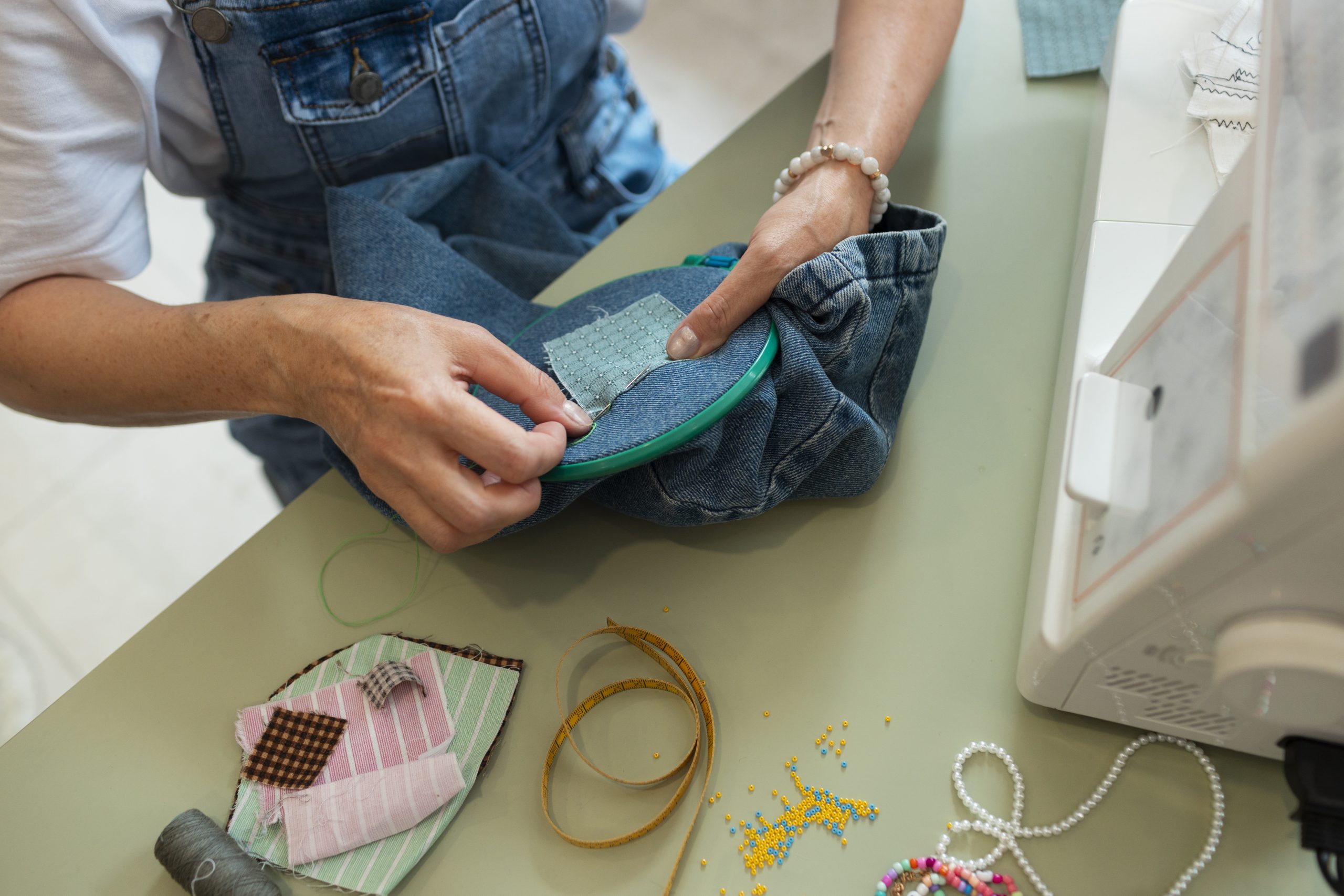
HE CULTURE OF RENEWAL THAT WILL TRANSFORM THE THROWAWAY CULTURE
June 26, 2024
A STEP FOR CIRCULAR FASHION: WHAT IS CRADLE TO CRADLE?
June 26, 2024It is an undeniable fact that linear systems, whose origins date back centuries, have now turned into models that consume the environment and humanity. We are currently in an era where production and planning methods appear as “cycles” for almost every sector, both on micro and macro scales. These cycles are being restructured within the framework of the “Circular Economy” and shaping the future.
The Ellen MacArthur Foundation defines the circular economy as gradually separating economic activity from the consumption of limited resources beyond the current “take-make-dispose” model, transitioning to renewable resources, and building economic, natural, and social capital. Circular economy is generally summarized under three criteria: waste and pollution design, reusability of products and materials, and renewable natural systems.

Why is Circular Economy Important in Fashion?
Fashion is a vast industry worth over $1.3 trillion that employs more than 300 million people. However, excessive consumption of limited natural resources, especially during the production and logistics stages, rapid production and consumption culture, and unethical working conditions dramatically harm the environment, humanity, and fashion. This linear system makes positive scenarios for all actors impossible in the future and threatens sustainability.
Let us remind you of the striking information in the Circular Fibres Initiative report: The sector incurs losses of over $500 billion annually due to garments discarded before their useful life ends and not being recycled.
How is Circular Economy Achievable in Fashion?
- Long-Lasting and Recyclable Design In a Circular System
What will happen when a product reaches the end of its useful life is planned from the beginning. Therefore, it is essential to design products with high-quality materials that will be used for a long time, are timeless, easy to repair, and recyclable.
- Sustainable Materials
Recycled materials are always one of the most sustainable options. However, even in a large-scale recycling scenario globally, it does not seem like a very realistic approach for fashion to be supplied entirely through recycled materials in the near future. Therefore, the sector should also focus on the sustainable production of widely used natural materials such as cotton.
- Humanitarian and Ethical Working Conditions
Industry experts believe that in a circular economy, fashion will reposition fashion workers from agriculture and manufacturing to later stages such as repair, renewal, re-commerce, and segregation within the value chain. As these new skills develop, providing safe, fair, and humanitarian conditions by producers and brands constitutes an essential step in the circular economy.
- Waste and Recycling Organization
Since collecting and segregating used or waste products is labor-intensive and preparing products for recycling requires significant expertise, a robust organizational plan is needed in this regard. Working with sector professionals on waste management and recycling instead of starting from scratch offers brands a facilitating alternative.
- Environment and Economy Positive Business Models
The growth and proliferation of new business models such as re-commerce, subscription, and rental bring meaningful collaborations, economic, and environmental benefits for many brands. These beneficial collaborations accelerate the transition to the circular economy for brands and support the transformation of the sector.
With Nivogo, you take a step towards the circular economy and future-proof your business model.
With our expert team, we circularize linear business models of brands to become one of the influential actors in the future of fashion and provide them with an opportunity to renew and resell their surplus products. If you want to take a step towards both your brand’s and the environment’s sustainability, you can contact us.



